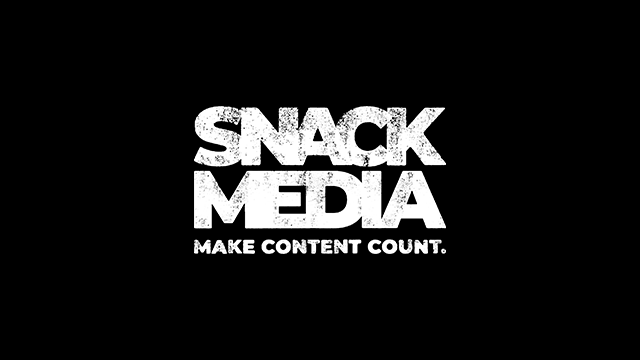Never underestimate the importance of good copywriting – if you’re initiating a content marketing strategy, you’ll need to make a success of it to achieve the desired results.
If your content does not get the point across, you may lose potential sales and damage your company’s reputation, which is why it’s necessary to place your copywriting campaign in reliable hands.
Below are five common copywriting mistakes that must be avoided:
1. Boring headlines
‘The Father of Advertising’ David Ogilvy best sums up the importance of the humble headline:
“On average, five times as many people read the headline as the body copy. When you have written your headline, you have spent eighty cents out of your dollar.”
If your headline is unable to draw the reader in, that opportunity for a sale is almost certainly gone.
A headline should be catchy, enticing and hard-hitting, and capable of drawing the reader in at a glance.
2. Features without the benefits
A feature tells the consumer the product’s function, while the benefit explains why they need it.
Good copywriters present the features before using them to convince a potential buyer of the product’s usefulness. A consumer will ignore things that do not directly benefit them.
3. Using the same meta title for each web page
Descriptive, informative copy is important per se – but it also needs to get noticed, which is where search engine optimisation (SEO) comes in.
A meta title reveals the name of a webpage – these are read by search engine robots and visitors to the site. To appear higher up the rankings, they need to appeal to the former first and the latter second.
If the same meta title is used for each page, your site won’t be properly optimised. This may implicate its search rankings and its ability to inform potential customers of your business’s products and services.
4. Saying too much… or too little
A copywriter must understand the reader and the product. Some copy might involve multiple pages of information, while other copy may only require a single tweet to get the point across and achieve the desired results.
The important point to remember is to be concise. Word economy is paramount – very rarely can a 3,000-word article not be reduced to 2,500 or 2,000 words. Conciseness prevents unnecessary information from cluttering your copy.
5. Missing the call to action
Once you have a ‘a hook’, your reader and potential customer requires a gentle push in the right direction. Ask them to sign up for a newsletter, like your page on Facebook or follow you on Twitter. If you ask for a specific action, the reader will often oblige.
If your article writing disregards the call to action, how do you expect to turn a visitor of your website into a client or buyer?






